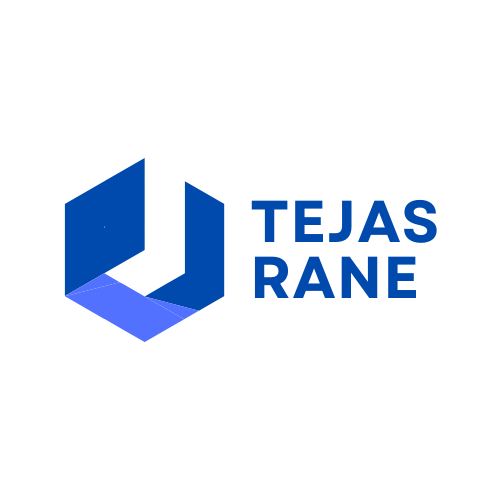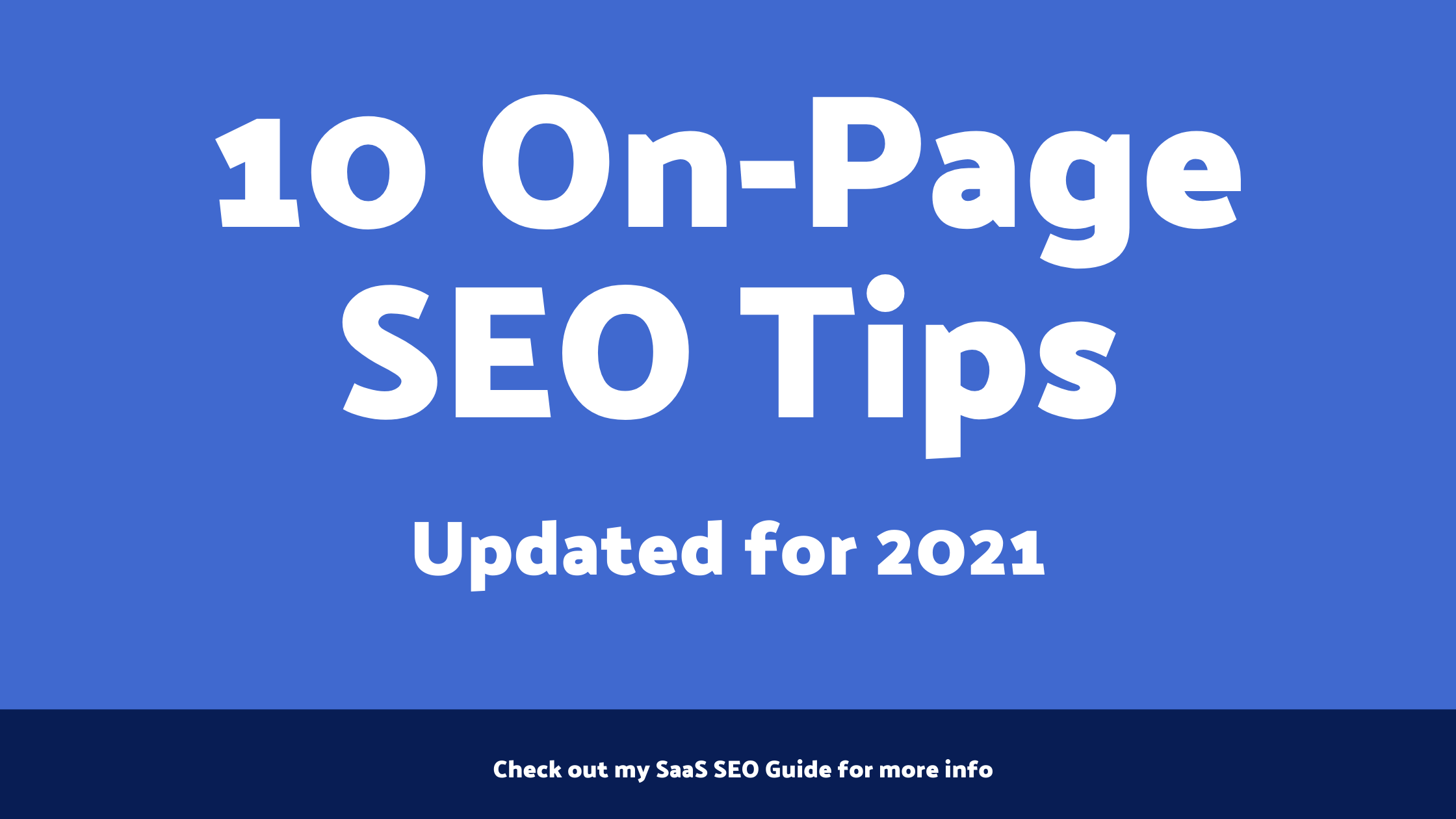Today I will share 10 On-Page SEO tips that are Updated for 2022. Be sure to read it till the end, as On-page SEO is crucial for optimizing your content.
- 1. Use your focus keyword in your Title, Meta Description, Headers, and Content.
- 2. Think about related topics
- 3. Internally link your content to previously written blog posts
- 4. Use descriptive anchor text
- 5. Don’t use stock images
- 6. Use FAQ or How-To Schema
- 7. Optimize your content for featured snippets
- 8. Embed a YouTube Video
- 9. Satisfy User’s Search Intent
- 10. User Experience & Page-Speed
1. Use your focus keyword in your Title, Meta Description, Headers, and Content.
Now you already know this. But this is where interesting things happen. Recently Google has been modifying the SERP title with header tags (H1s, H2s) or sometimes directly from the content itself.
So adding your focus keyword inside your H1 and H2 tag has become more relevant than ever.
We all SEOs used this thinking as a best practice, but lately, Google has been pulling the header tags and showing them as SERP titles.
2. Think about related topics
When writing a blog post, think about all the semantically related topics that can make it complete.
Remember, the more in-depth your content, the better it is. Why this has become significantly important is because of mixed search intent queries.
Google gets all sorts of queries with mixed intent.
If your content covers all the related topics, this is usually better for Google. Moreover, you can also rank for multiple semantically related keywords.
The best way to use related topics inside your content is via Google’s Autosuggestion and People Also Ask Feature.
3. Internally link your content to previously written blog posts
Internal linking has been one of the most important SEO practices. Not only will this help you rank better but it will also improve your site’s crawl rate.
4. Use descriptive anchor text
Using a descriptive anchor text gives more information to Google as to what the link is all about. John Mueller said this during SEO office hours in Nov 2020.
Although not a ranking factor in itself but nevertheless good practice.
5. Don’t use stock images
Try to use unique creatives/images wherever possible.
Don’t forget to add alt text. A bit of Image SEO right there. Moreover, John Mueller also pointed out that using stock images that many people use could make it challenging to rank in Google Image Search.
Here’s what he said:
“For image search, if it’s the same image as used in many places, it’ll be harder. (There’s also the potential impact on users, after search happens, eg: does it affect conversions if your team photo is obvious stock photography?)”
6. Use FAQ or How-To Schema
To capture SERP’s real estate and get more CTR, try to use FAQ or How-To schema in your blog posts.
In Google’s recent FAQ Schema update, Google now shows only 2 FAQs per page. So that’s there.
Alternatively, I would recommend adding a How-to Schema wherever relevant to capitalize properly and capture the SERP real estate.
I have got good results in CTR, Clicks being shot up within 48 hours.
Pro Tip: Try to use images as well in How-To Schema. This will improve your CTR for mobile searches.
7. Optimize your content for featured snippets
The more structured your content is, the better it is for Google to trigger your blog for featured snippets.
It can be either for:
- Paragraph Snippets
- Numbered List Snippets
- Bullet List Snippets
- Table Snippets
With my SEO experiments, paragraph snippets are usually very easy to trigger.
You need a page ranking in the top 5 and a crisp, clear paragraph explaining the term.
8. Embed a YouTube Video
To improve your page’s dwell time (time spent by visitors), try to embed a related YT video within your blog post.
This will improve your dwell time and be a good value addition to your visitors.
9. Satisfy User’s Search Intent
Before even writing a single word, analyze Google’s Search results.
- Which are the pages that are already ranking on Google?
- What is the user’s intent behind the query?
- How can I make my content aligned with the intent?
Focus on these!
Usually, you can analyze the results in the top 10 & get an idea about this & revolve your content around it.
10. User Experience & Page-Speed
Be sure to provide your visitors with a good user experience.
Use optimized quality screenshots, unique images, and no interstitial ads or spam.
Page speed is an official ranking factor. So don’t compromise at all on that.
Check out my SaaS SEO guide. If you are interested in SaaS SEO and get 1st customer from Google, that’s a guide you can rely on.




